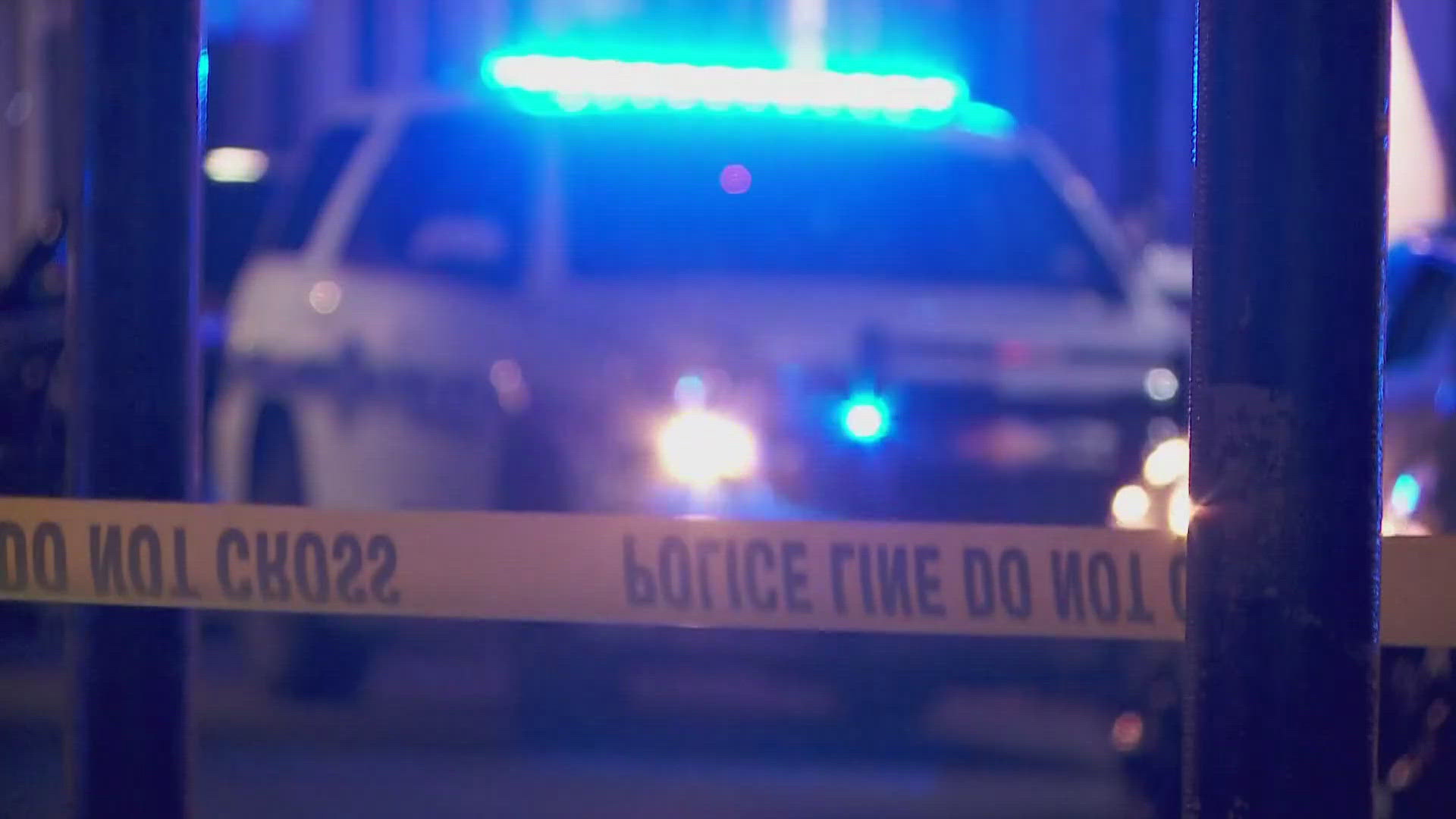NEW ORLEANS — Walking up the 18 steps to the door of the former McDonogh 19 Elementary School in New Orleans, Leona Tate knew she had come full circle.
More than 60 years ago she was a little girl with pigtails, accompanied by U.S. Marshals to protect her from the angry mob of White protesters as she, Gail Etienne and Tessie Prevost helped integrate New Orleans public schools.
Now Tate’s foundation has completed renovations on the former school, giving the site a new purpose as the Tate, Etienne, and Prevost Interpretive Center. The mixed-use space will include affordable housing for seniors, community gathering areas and an exhibit dedicated to the three women known as the “McDonogh Three.”
“We are here today to celebrate a full circle,” Etienne said Wednesday before she, Tate and Prevost cut a ceremonial ribbon. “In 1960, three little Black girls marched up the steps there ... the only thing we were told was that we had an opportunity that we needed to take advantage of and that this would be an opportunity for other little Black girls and boys in the city.”
The center's first floor will house interactive exhibits. Upstairs, visitors will be able to sit on a bench outside the principal’s office where the girls waited for hours the first day before going to class. Another museum Tate is involved in, the Lower Ninth Ward Living Museum, has been moved to the center as well.
Modified tours will begin in late May, said Tremaine Knighten-Riley, program director of the Leona Tate Foundation for Change.
The Lower 9th Ward elementary school was closed in 2004 and heavily damaged in Hurricane Katrina. It was added to the National Register of Historic Places in 2016 and a few years later Tate purchased the property. Since then the Leona Tate Foundation for Change has worked to develop the center, along with Alembic Community Development and 16 sponsors including the National Parks Service and city of New Orleans.
In February the school was added to the Louisiana Civil Rights Trail, a patchwork of historically significant places in the civil rights movement.
Dorothy Prevost, 90, recounted sending her terrified daughter, Tessie, to school that day in 1960. She watched her daughter walk up the steps on television amid jeers and racist chants. But in the background, she said, she heard cheers of encouragement from community members.
Those cheers, she said, brought tears of joy.
Also in attendance at the ribbon cutting were about a dozen former McDonough 19 teachers, as well as city officials.
Former New Orleans Mayor Marc Morial, president and CEO of the National Urban League, said the site of the school was “hallowed ground” and referenced the slaveholding past of the school’s namesake, John McDonogh, and the resilience of the 9th Ward.
“The name on this building represents a personage who would never want to see this day come ... the name represented the repression and oppression and segregation that we cannot be afraid to talk about today,” Morial said in his keynote address. “We cannot overcome it by burying the challenges of history.”
► Get breaking news from your neighborhood delivered directly to you by downloading the new FREE WWL-TV News app now in the IOS App Store or Google Play.



